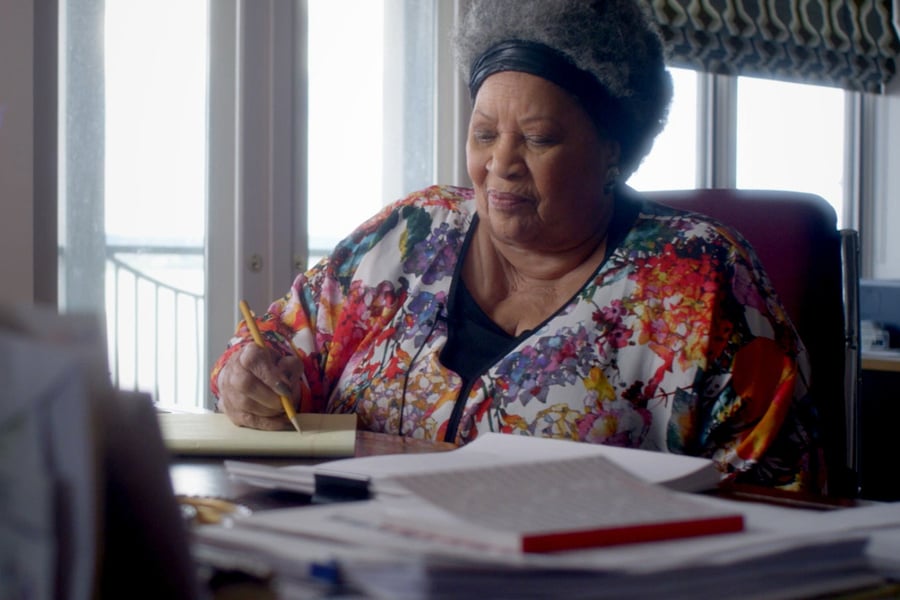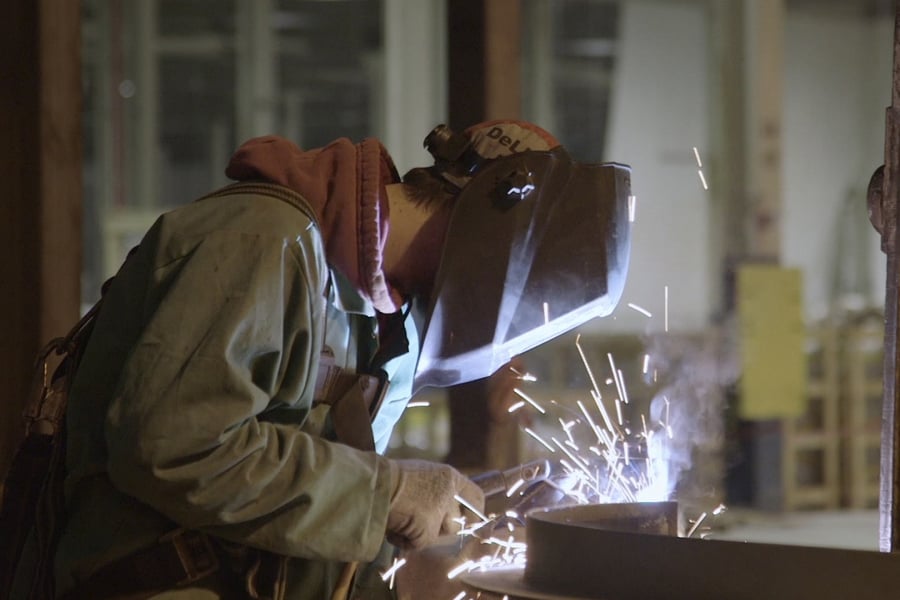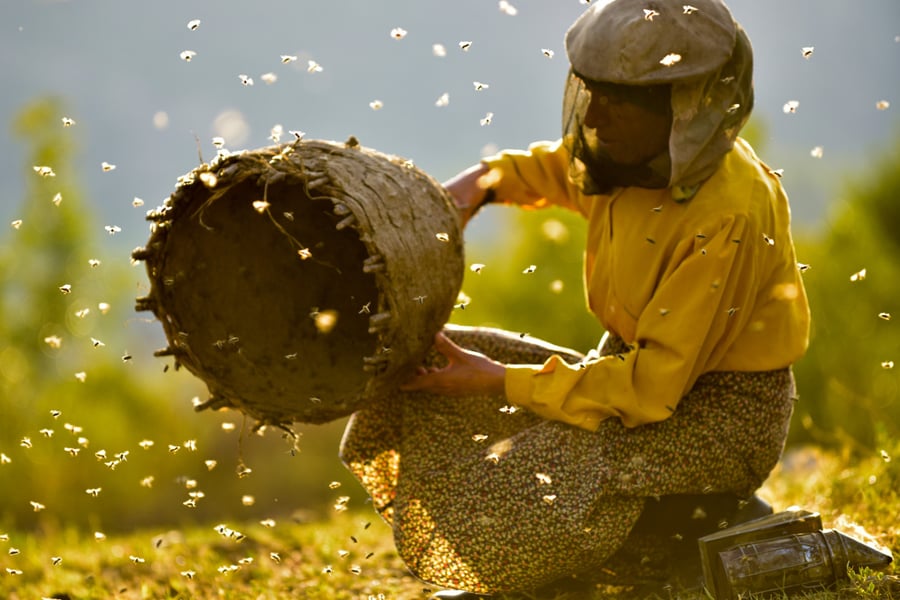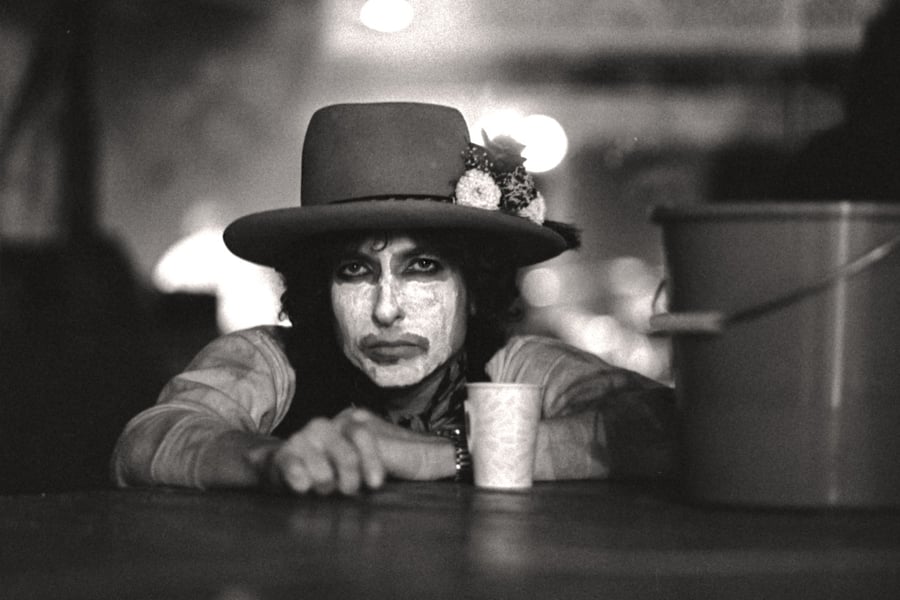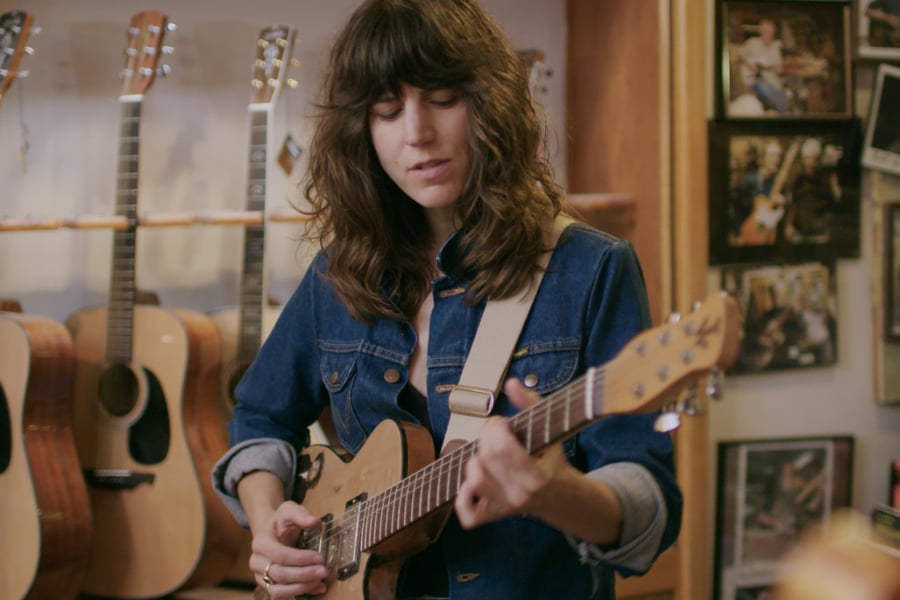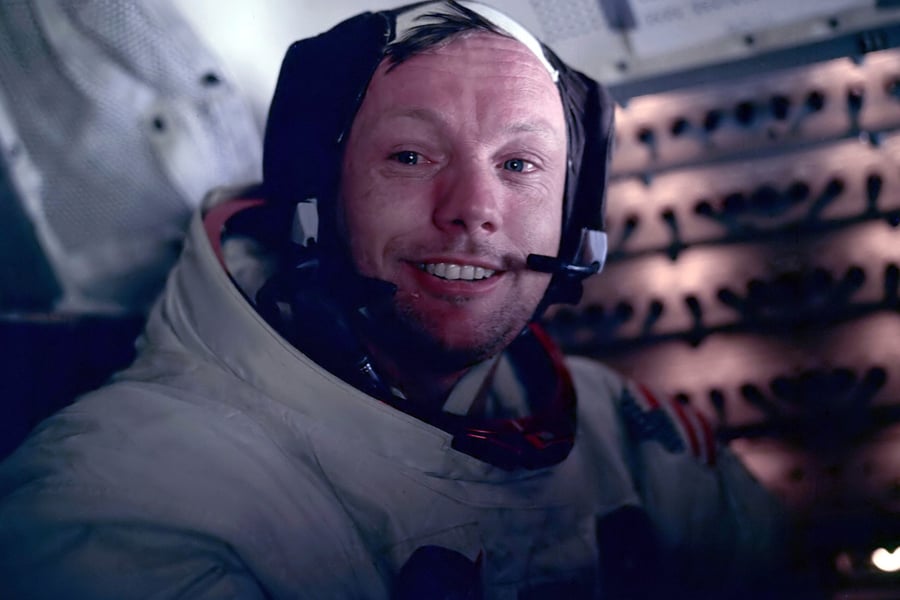10 Best Documentaries of 2019
From Scorsese’s bold new Dylan doc to a completely different look at the moment that man landed on the moon
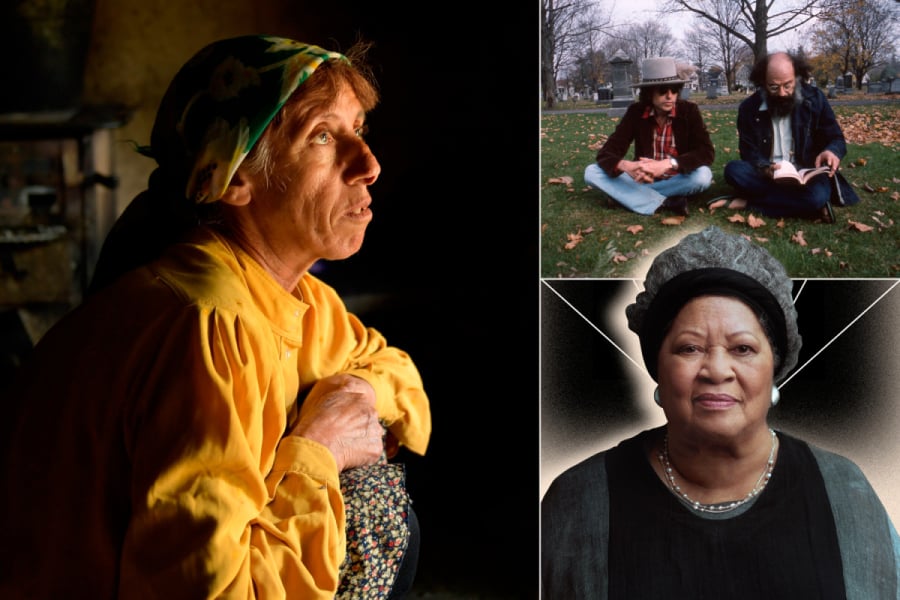
Rolling Stone's 10 Best Docs of 2019. Clockwise from the left: 'Honeyland,' 'Rolling Thunder Revue' and Toni Morrison: The Pieces I Am.'
A small village in rural Macedonia, a cozy musical storefront off of Bleeker Street, the assembly lines of an Ohio factory, the Sea of Tranquility, backstage at a vintage Dylan show or abandoned on an island waiting for a Blink 182 set that well never happen — the best documentaries of 2019 didn’t just record moments or capture events for posterity. They transported viewers, letting them walk miles in another person’s shoes (or, in one case, moon boots). Like the best of nonfiction cinema, the 10 movies listed below may have left you feeling inspired, enlightened, moved, thrilled, worried and/or scared for what lies ahead. But each one of them gave you a front-row seat to someone else’s experience, whether it was an elderly European beekeeper, an award-winning author or Neil Armstrong. A wise man once said that movies are “the most powerful empathy machines in the arts.” The docs in this list proved that notion to be true, 24 frames (or the digi-equivalent thereof) per second.
Any making of a year-end best-of list, especially one limited to a mere 10 entries, inevitably leaves a lot of great titles on the cutting room floor. Shout-outs also go to: One Child Nation, Nanfu Wang’s indictment of China’s strict procreation laws; Black Mother, a contemplative and sometimes profane tone poem about Jamaica; David Crosby: Remember My Name, which lets the Sixties singer give himself a victory lap and a pitiless self-examination; Shooting the Mafia, Kim Longinotto’s look at Italian photographer Letizia Battaglia; Miles Davis: Birth of the Cool, a jazzbo’s dream of a music doc courtesy of the great Stanley Nelson; Leaving Neverland, a gamechanging, controversy-generating two-part testimonial regarding allegations of abuse against Michael Jackson; The Cave, which follows a Syrian doctor treating victims of the Syrian civil war; Knock Down the House, a reminder of how much good luck and great access play into nonfiction filmmaking; The Kingmaker, which will ensure you never view Imelda Marcos the same way again; and the latest (and last?) of Michael Apted’s peerless doc series, 63 Up.



































